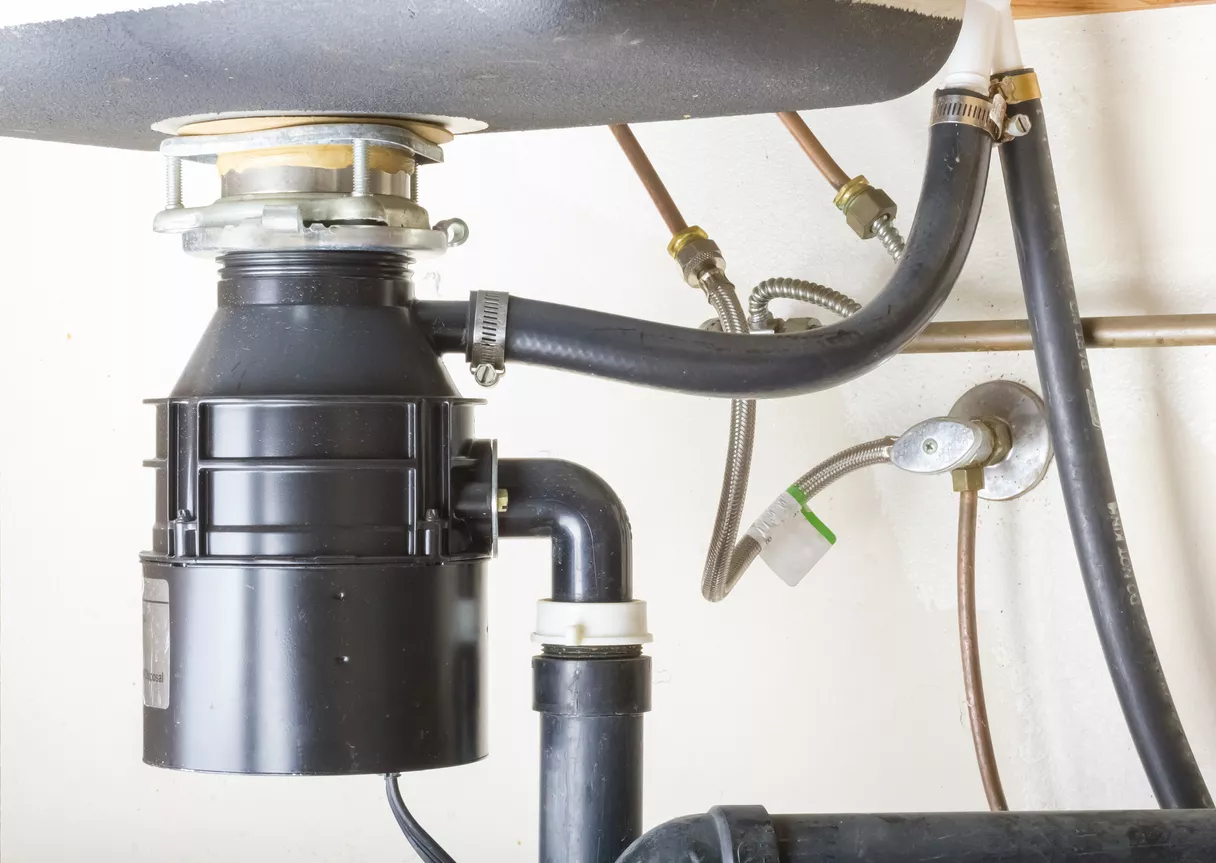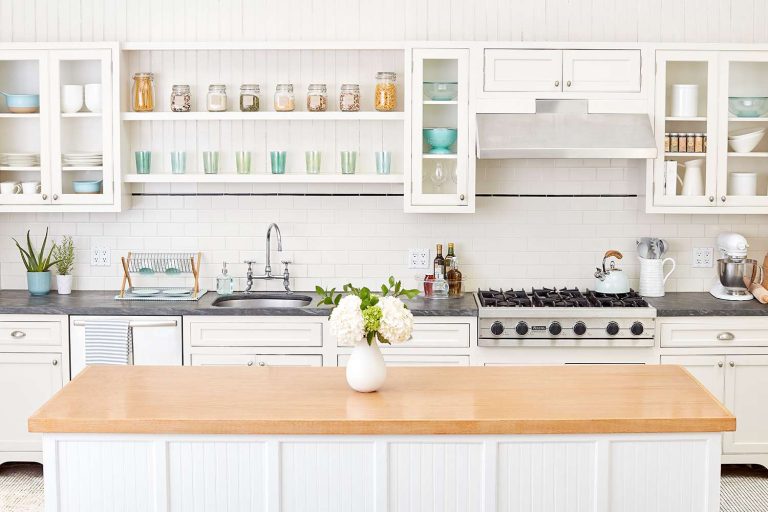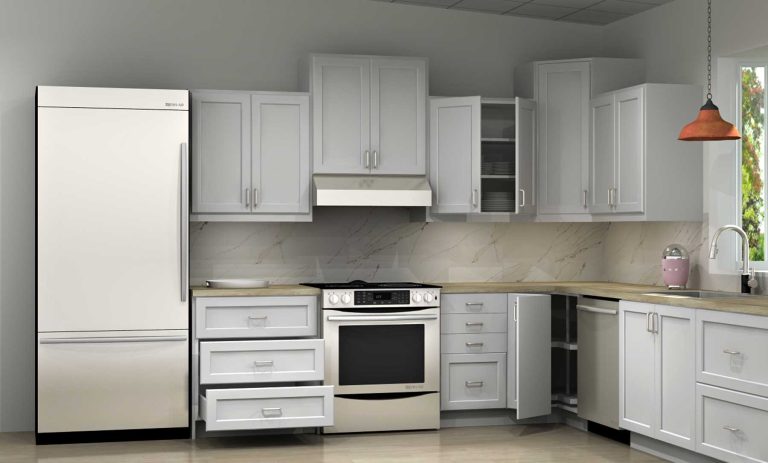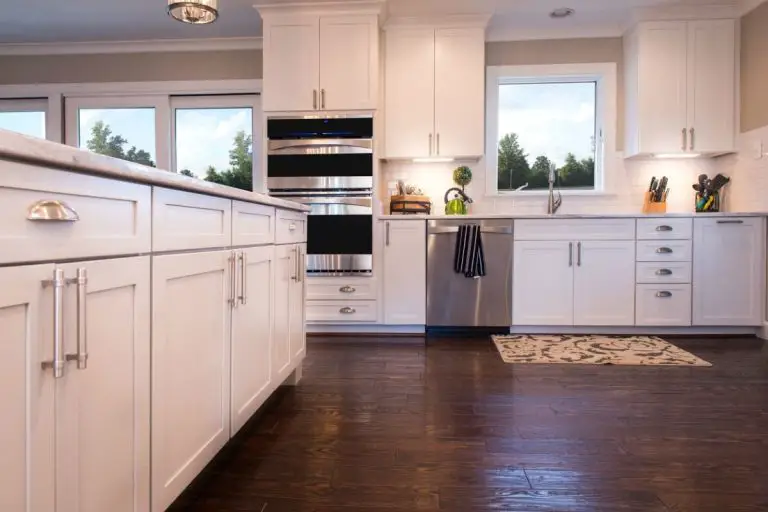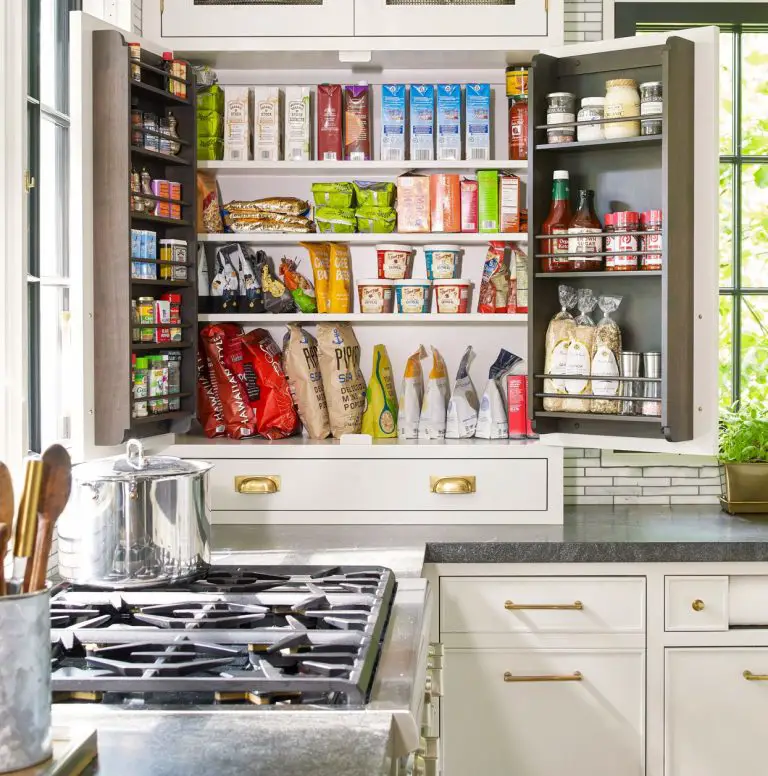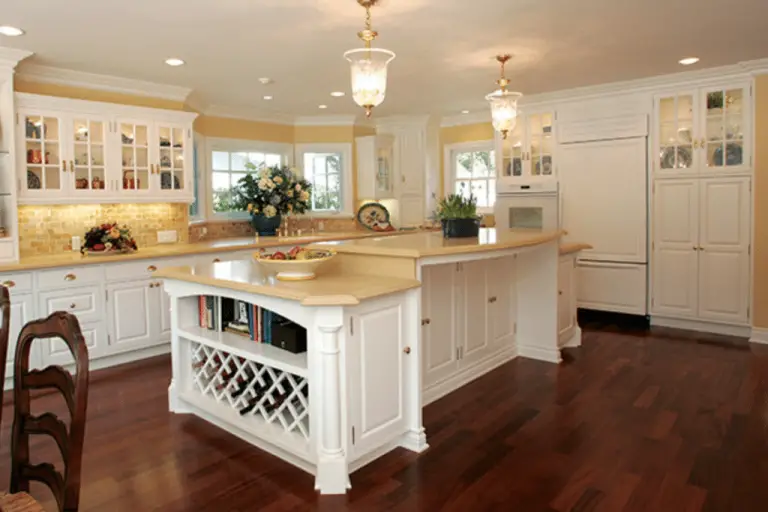How Do You Unclog A Kitchen Sink That Has A Garbage Disposal?
Clogged kitchen sinks are a common plumbing issue that can be both frustrating and time-consuming to clear. If your kitchen sink has a garbage disposal, it is important to take extra precautions while attempting to unclog it. The first step is to remove as much food and debris as possible from the sink. Then, fill the sink with hot water and add a cup of baking soda. Allow the mixture to sit for several minutes before running the garbage disposal. If the clog persists, there are several tools that can be used to try and clear the obstruction, such as a plunger, a plumber’s snake, baking soda and vinegar, or a chemical drain cleaner. If all else fails, it may be necessary to call a plumber to help resolve the issue.
Identifying the Problem
Identifying the problem is one of the most important steps in finding a successful solution. It is the first step in any problem-solving process, and it requires careful, thoughtful analysis in order to be done correctly. It involves asking the right questions to uncover the root cause of the issue and identifying the areas that need to be addressed. By taking the time to identify the problem, you can ensure that your solutions are effective and that you’re targeting the right areas.
Troubleshooting the Garbage Disposal
Are you dealing with a smelly, backed-up garbage disposal? No need to panic – just follow these simple steps to troubleshoot and get your disposal back up and running in no time! First, check for any clogs or jams in the sink. Next, reset the unit by pressing the red reset button and switch on the power. If the motor runs but the blades won’t turn, try using a wrench to turn the blades manually. Finally, if the disposal still won’t work, it may be time to call a professional plumber for help. With these steps, you can quickly get your garbage disposal up and running again and get back to enjoying your kitchen.
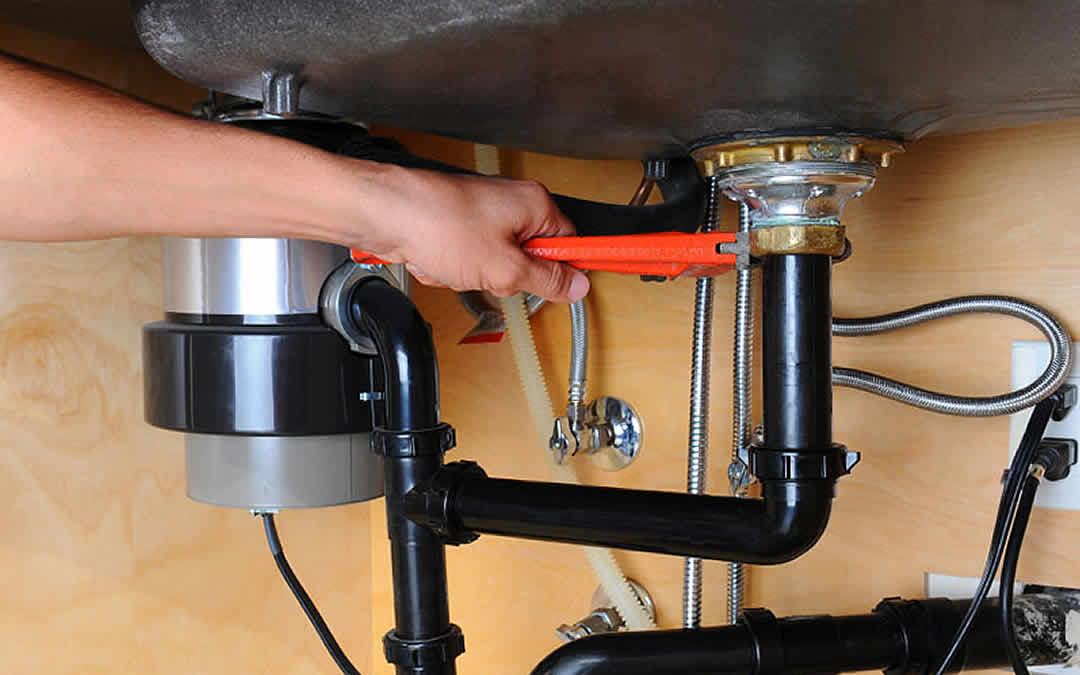
Understanding the Plumbing Setup
Plumbing is an important part of any home and understanding the plumbing setup can be an overwhelming task. From understanding how the pipes and fixtures work together to knowing the basics of maintenance, it is important to have a basic understanding of plumbing to ensure your home runs efficiently. With the right information, you can become comfortable with the plumbing setup in your home and learn how to troubleshoot any issue that may arise. From knowing how to detect a clog to understanding the different types of pipes, understanding the plumbing setup can help you stay on top of any issues that may arise. With proper care and maintenance, you can rest assured that your home’s plumbing will be in top working order.
Using a Plunger
Using a plunger is one of the oldest and most effective methods for removing blockages from drains and pipes. It works by using a simple suction technique to dislodge any debris that may be blocking the flow of water. To use a plunger, place the cup or bell over the drain, making sure that there is an airtight seal. Then pump the handle up and down quickly to create a vacuum within the cup or bell. This vacuum will cause a suction that will draw out any debris that is blocking the drain or pipe. With a few pumps, the blockage should be cleared and your drain or pipe will be running freely again.
Using a Snake
Using a snake to clear clogged pipes is a popular, cost-effective, and reliable plumbing solution. A snake is a long, flexible metal cable with a corkscrew-like tip that is inserted into clogged pipes. As the snake is pushed through the pipe, the tip twists and turns, clearing away any debris that may be blocking the pipe. With a snake, you can easily and quickly clear away clogs, restoring your plumbing system to its proper functioning. Plus, when used correctly, a snake is a safe and eco-friendly way to clear clogged pipes.
Cleaning the Trap and P-Trap
Cleaning the trap and P-trap is an important part of maintaining a kitchen or bathroom sink. A trap is the curved part of a sink drain that prevents sewer gases from escaping into the home. The P-trap is the curved section of pipe under the sink that also serves to prevent these noxious odors. Both need to be cleaned regularly to prevent clogs and maintain a healthy home environment. Cleaning the trap and P-trap is easy. Simply remove the trap and P-trap from the drain, clean them with a brush, rinse them off, and reinstall them. It’s a simple but important task that will keep your drains flowing smoothly and your home smelling fresh.
Preventing Future Clogs
Clogs are a common plumbing issue that can be caused by a variety of things like foreign objects, grease, hair, and even soap scum. To prevent future clogs from occurring, it is important to practice good plumbing maintenance. Regularly clean sinks and drains by using a drain snake or other plumbing tool to remove debris. Replace old pipes and fixtures as needed. Avoid flushing items that are not designed to go down the drain (like paper towels, cotton swabs, and feminine hygiene products). Additionally, use strainers in sinks and bathtubs to catch debris, and use grease traps in kitchen sinks to stop the buildup of grease. By following these preventive measures, you can help ensure a clog-free future.
Finding a Professional Plumber
Finding a reliable and experienced professional plumber is an important task. It’s essential to hire somebody who is knowledgeable and experienced to make sure your plumbing needs are taken care of safely and effectively. If you’re looking for a plumber, take the time to research your options. Check out reviews online, ask your friends and family for recommendations, and look for certifications from professional organizations. Once you’ve narrowed your search, contact the plumber to ask questions and ensure they can meet your needs. Make sure you discuss the cost upfront and ask for references from previous clients. Finding an experienced and trustworthy plumber will save you time and money and ensure your plumbing needs are taken care of.
FAQs About the How Do You Unclog A Kitchen Sink That Has A Garbage Disposal?
1. What type of tools do I need to unclog a kitchen sink with a garbage disposal?
A plunger, plumber’s snake, or drain auger are the tools typically used to unclog a kitchen sink with garbage disposal.
2. How do I check the garbage disposal for blockages?
To check the garbage disposal for blockages, you will need to use a flashlight to inspect the area beneath the sink where the disposal is located. Look for any objects that may be lodged in the blades or blocking the outlet.
3. Is it necessary to call a plumber if the sink is still clogged after I try to unclog it?
If the sink is still clogged after you have attempted to unclog it with the tools listed above, it is best to call a plumber to ensure the job is done properly and safely.
Conclusion
Unclogging a kitchen sink with garbage disposal can be a daunting task, but with the right tools and techniques, it can be done quickly and effectively. To unclog a sink, start by using a plunger or a drain snake to loosen and remove any clogs. If these methods don’t work, use a mixture of baking soda and vinegar to break down any remaining debris. Finally, rinse the sink with hot water and run a garbage disposal cleaner through your disposal to help prevent future clogs. With these steps, your kitchen sink should be unclogged in no time.

